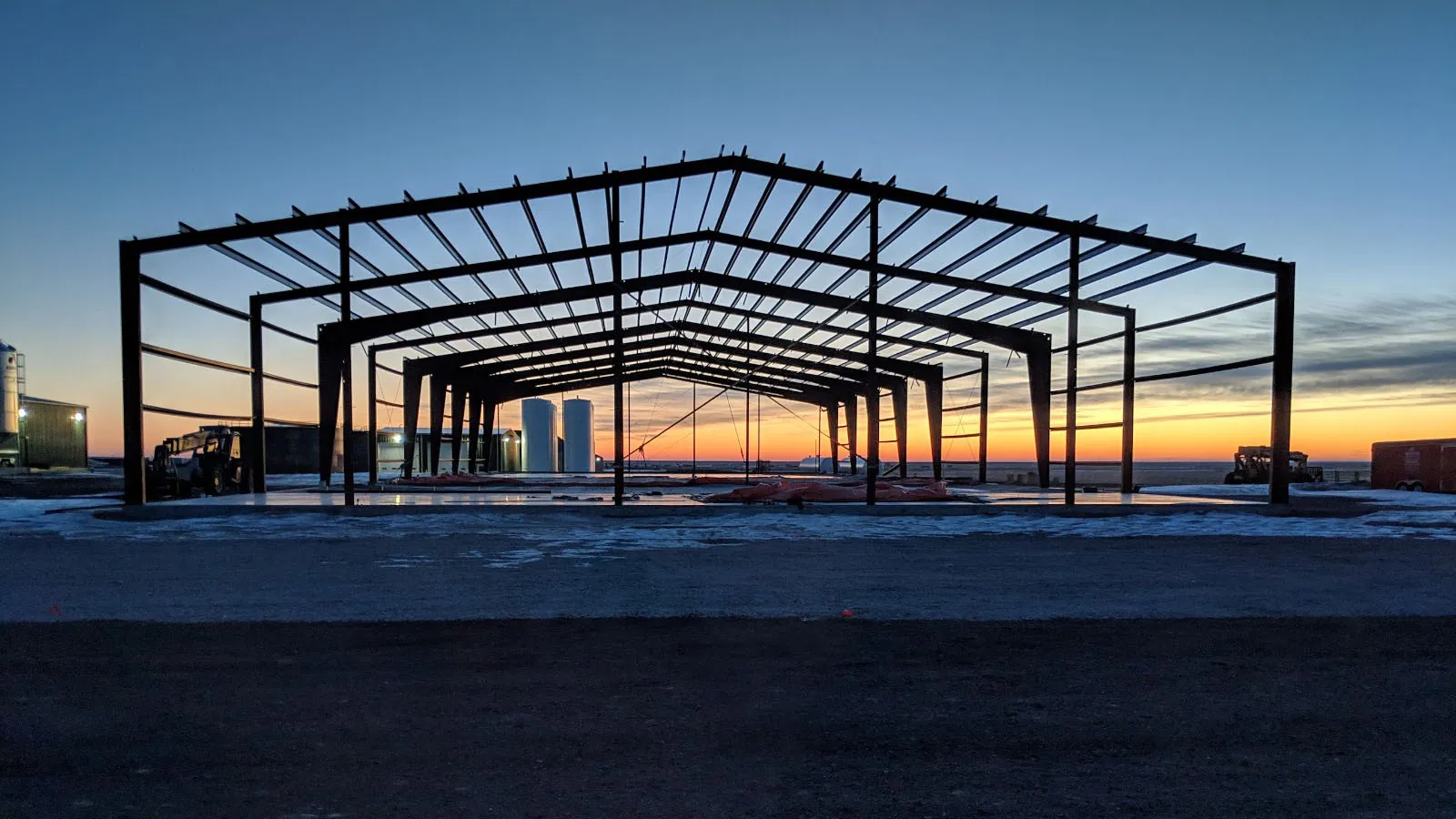- Afrikaans
- Albanian
- Amharic
- Arabic
- Armenian
- Azerbaijani
- Basque
- Belarusian
- Bengali
- Bosnian
- Bulgarian
- Catalan
- Cebuano
- Corsican
- Croatian
- Czech
- Danish
- Dutch
- English
- Esperanto
- Estonian
- Finnish
- French
- Frisian
- Galician
- Georgian
- German
- Greek
- Gujarati
- Haitian Creole
- hausa
- hawaiian
- Hebrew
- Hindi
- Miao
- Hungarian
- Icelandic
- igbo
- Indonesian
- irish
- Italian
- Japanese
- Javanese
- Kannada
- kazakh
- Khmer
- Rwandese
- Korean
- Kurdish
- Kyrgyz
- Lao
- Latin
- Latvian
- Lithuanian
- Luxembourgish
- Macedonian
- Malgashi
- Malay
- Malayalam
- Maltese
- Maori
- Marathi
- Mongolian
- Myanmar
- Nepali
- Norwegian
- Norwegian
- Occitan
- Pashto
- Persian
- Polish
- Portuguese
- Punjabi
- Romanian
- Russian
- Samoan
- Scottish Gaelic
- Serbian
- Sesotho
- Shona
- Sindhi
- Sinhala
- Slovak
- Slovenian
- Somali
- Spanish
- Sundanese
- Swahili
- Swedish
- Tagalog
- Tajik
- Tamil
- Tatar
- Telugu
- Thai
- Turkish
- Turkmen
- Ukrainian
- Urdu
- Uighur
- Uzbek
- Vietnamese
- Welsh
- Bantu
- Yiddish
- Yoruba
- Zulu
Nov . 15, 2024 16:49 Back to list
Building an Agricultural Barn A Comprehensive Guide
Constructing an agricultural barn is a significant investment for many farmers and landowners. A well-designed barn serves multiple purposes, from housing livestock and storing equipment to providing space for hay and feed. This article outlines the key considerations and steps in the barn-building process, ensuring that your new structure meets your agricultural needs while remaining functional, efficient, and sustainable.
Planning and Design
The first step in building an agricultural barn is thorough planning. You need to assess your specific requirements based on the type of farming you engage in. Are you raising livestock, growing crops, or both? Understanding the primary functions of your barn will guide the design process.
1. Purpose of the Barn Determine whether the barn will be primarily for livestock, storage, or equipment maintenance. For example, if you're housing animals, you’ll need to consider ventilation, lighting, and space for each animal. 2. Size and Layout The size of the barn is pivotal and should accommodate both current needs and future expansions. A layout that maximizes workflow efficiency—for instance, separating animal stalls from feed storage—can prevent cross-contamination and streamline operations.
3. Location Positioning your barn is equally critical. Consider factors such as accessibility to fields, water sources, and existing farm infrastructure. Additionally, ensure that the location complies with zoning regulations and minimizes environmental impact.
Material Selection
Choosing the right materials is crucial for the durability and efficiency of your barn
. Common materials include- Wood A traditional choice, wood is aesthetically pleasing and provides good insulation. However, it requires regular maintenance to prevent rot and pest infestations.
- Steel Steel barns are becoming increasingly popular due to their longevity and low maintenance requirements. They are resistant to fire, pests, and harsh weather conditions, making them an excellent investment in the long run.
- Concrete For foundations and flooring, concrete offers superior durability and ease of cleaning, which is particularly important in livestock barns.
building agricultural barn

Construction Process
With plans, designs, and materials selected, it's time to proceed with the construction
1. Foundation A solid foundation is essential for the barn's longevity. Whether opting for concrete slabs or post-and-beam foundations, ensure that the base is level and properly drained to avoid water accumulation.
2. Framing and Roofing Depending on the chosen materials, the barn’s frame will be erected, followed by the roof. The roof design should facilitate proper drainage and ventilation to protect the interior from moisture and heat buildup.
3. Ventilation and Insulation Proper ventilation is crucial for animal health and comfort. Systems such as ridge vents, exhaust fans, and strategically placed openings can help circulate air. Insulation will regulate temperature and help keep energy costs down.
4. Finishing Touches Install necessary fixtures and fittings, including stalls, feeding areas, lighting, and electricity. Ensure that the barn is equipped with adequate safety measures, such as fire alarms and emergency exits.
Sustainability Considerations
Building an agricultural barn also presents an opportunity to incorporate sustainable practices. Consider renewable energy sources like solar panels for electricity or water collection systems to harvest rainwater. Furthermore, using reclaimed or locally sourced materials can reduce your carbon footprint and make your barn more environmentally friendly.
Conclusion
Building an agricultural barn is a multifaceted process that requires careful planning, design, and execution. By considering the barn's purpose, selecting appropriate materials, and adhering to sustainable practices, farmers can create a functional and enduring structure that supports their agricultural activities. The right barn can enhance productivity, improve livestock health, and ultimately contribute to a more efficient farming operation. As you embark on this project, remember that investing time in the planning stages can lead to long-term satisfaction and success in your agricultural endeavors.
-
How Do Prefabricated Steel Structures Transform Modern Construction?
NewsJul.14,2025
-
How Do Prefabricated Metal Buildings Redefine Modern Construction?
NewsJul.14,2025
-
How Do Prefab Insulated Metal Buildings and Steel Structures Revolutionize Modern Construction?
NewsJul.14,2025
-
How Do Pre - Engineered Steel Structures Redefine Modern Construction?
NewsJul.14,2025
-
Advancing Modular Construction with Prefabricated Metal Structures
NewsJul.14,2025
-
Advancing Industrial Infrastructure with Prefabricated Steel Solutions
NewsJul.14,2025
Products categories
Our Latest News
We have a professional design team and an excellent production and construction team.












